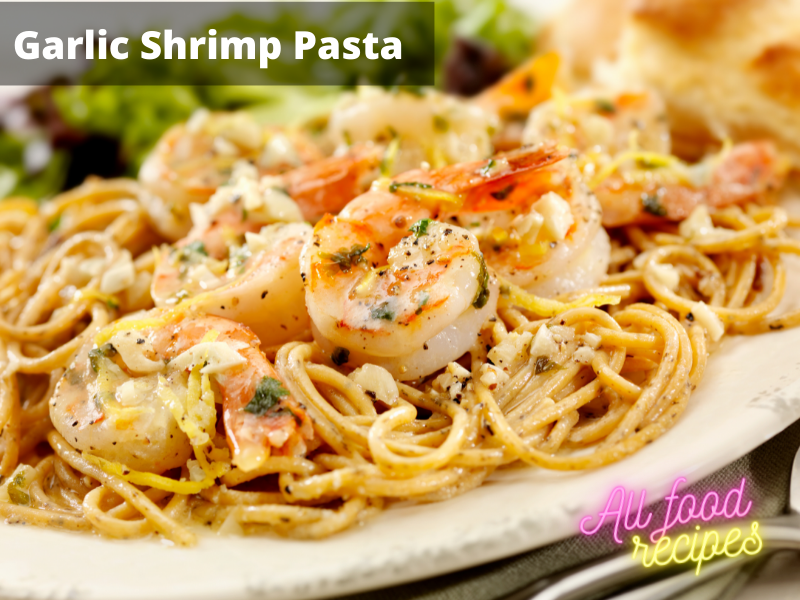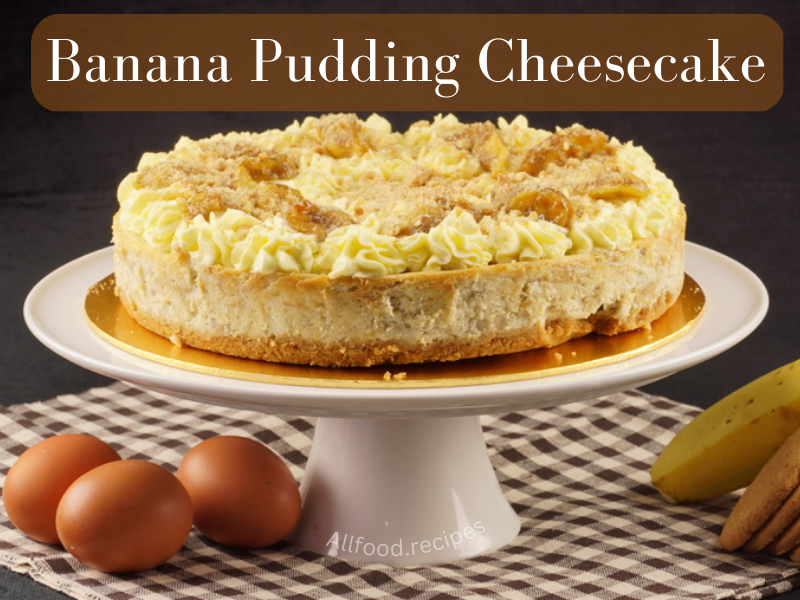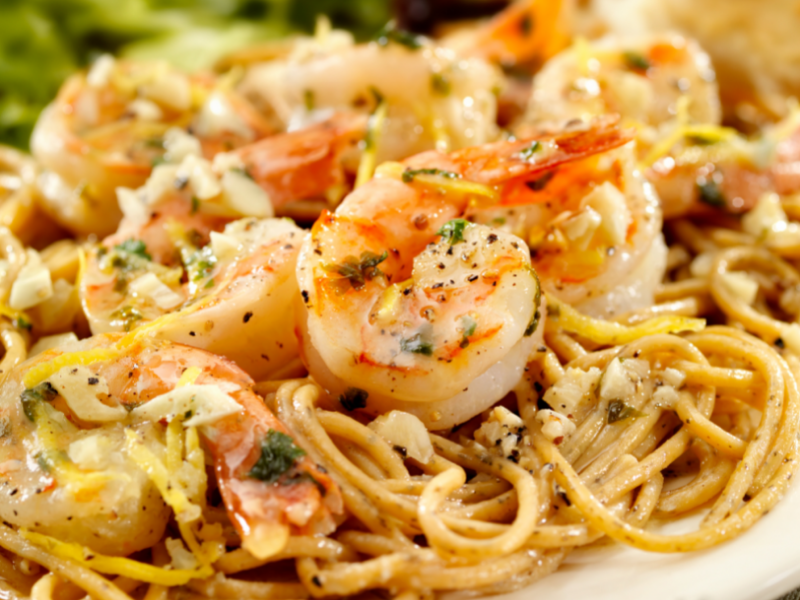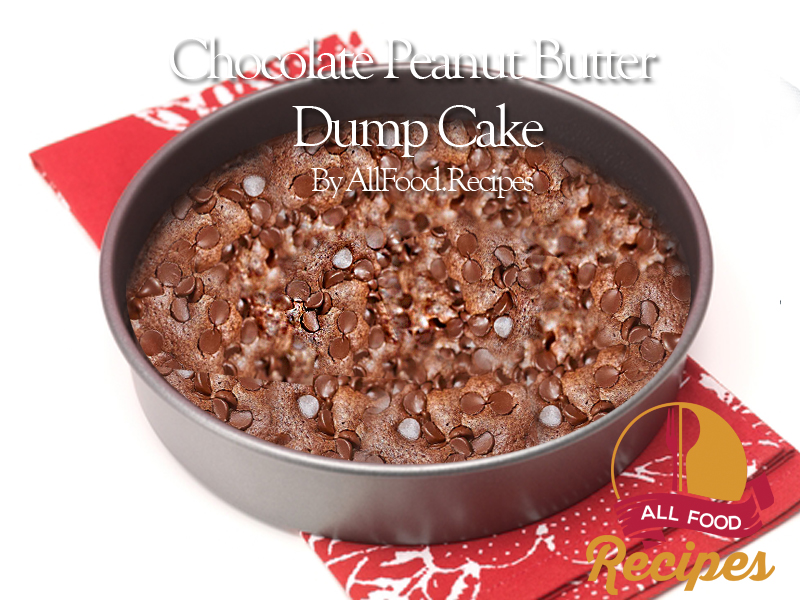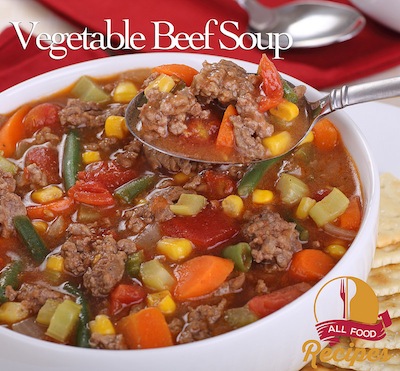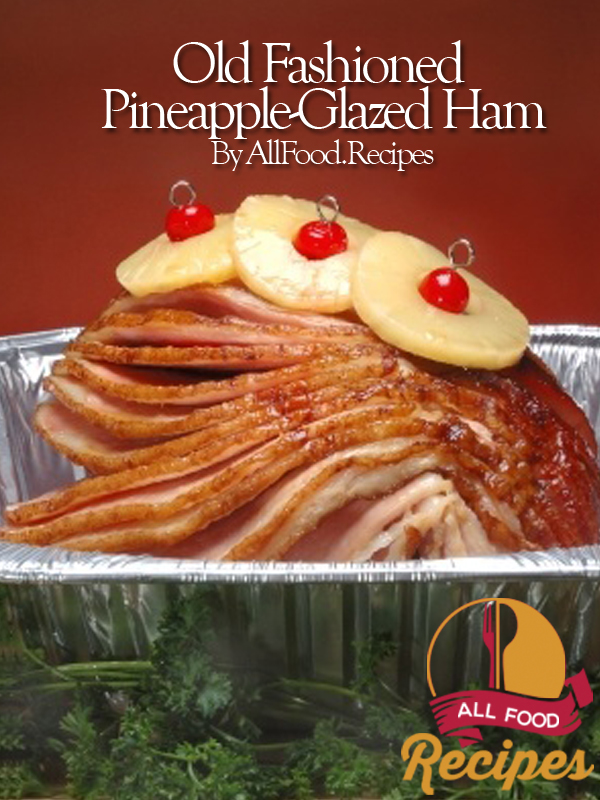Garlic Shrimp Pasta

This Garlic Shrimp Pasta is an easy and quick dish for the weekday menu that comes to together in 15 minutes with buttery garlic taste!
Garlic Shrimp Pasta is an easy and quick pasta dish for the weekday menu. Savory, succulent shrimp sizzling in a garlic butter sauce paired with light and airy spaghetti. It’s a family favorite that I can usually whip up in 15 minutes.
How to make garlic shrimp spaghetti
- Cook the shrimp with salt and red pepper flakes in butter until cooked through.
- Flip the shrimp to the other side to finish cooking, then remove the shrimp and set aside.
- Cook the remaining garlic and butter in the same skillet, along with the lemon juice, pasta water (reserved from cooking the pasta) and parmesan cheese. Use a whisk to combine the sauce and scrape up any bits from the shrimp.
- Add in the cooked spaghetti on top of the sauce.
- Toss to combine until the sauce coats the spaghetti well.
- Return the shrimp to the skillet, and garnish with parsley before serving.
Tips for making the recipe
- Cook the pasta al-dente. That’s because you’ll be tossing it with the sauce and shrimp for a couple minutes after it’s done cooking and you want to make sure it doesn’t get too soggy.
- Thaw and dry frozen shrimp before cooking. I prefer to buy frozen shrimp, so after I thaw it, I always make sure to dab it dry so the excess moisture doesn’t affect searing the shrimp properly.
- Be careful not to overcook the shrimp. They only require a few minutes of cooking and if you over cook them they will get chewy. Cook until they are opaque pink in color.
- Use milk instead of pasta water for a more creamy texture. I prefer keeping it light with the lemon juice and pasta water because the garlic and butter give it great flavor. But milk is a great option as well!
Frequently asked questions
What kind of pasta can you use in this dish?
I like making this dish with long pasta such as spaghetti or linguini, but you can use whatever you have to hand. Penne and shells would both work well. Use a whole grain pasta for extra fiber and to lower the calorie content.
What do you serve with shrimp pasta?
A healthy portion of this pasta dish is a great meal by itself, but I like to serve a smaller portion alongside a fresh The House Salad If you’d like, try my Garlic Bread with it too!
How long does shrimp pasta last?
This pasta is best served straight out of the pan. If you have any leftovers, you can keep them in an airtight container in the fridge to enjoy the next day.
This garlic shrimp with spaghetti is such a great recipe for a quick and easy weeknight meal. It’s family friendly and packed full of flavor!
More pasta recipes:
If you’ve tried this healthy-ish feel good Garlic Shrimp Pasta recipe or any other recipe on FeelGoodFoodie, then don’t forget to rate the recipe and leave me a comment below! I would love to hear about your experience making it. And if you snapped some shots of it, share it with me on Instagram so I can repost on my stories!
Ingredients
- 8 ounces spaghetti or pasta of choice
- 4 tablespoons butter divided
- 1 pound large shrimp peeled deveined
- ¼ teaspoon salt
- ½ teaspoon crushed red pepper
- 4 garlic cloves minced
- 2 tablespoons lemon juice
- 3 tablespoons freshly grated Parmesan
- 2-3 tablespoons chopped fresh parsley for garnish
Instructions
- n a large pot of boiling salted water, cook the pasta according to package instructions; drain well and reserve 1 cup of pasta water.
- In a large skillet over medium high heat, melt two tablespoons butter. Add shrimp, salt and crushed red pepper, and cook stirring occasionally, until shrimp is opaque pink, about 2-3 minutes. Remove from heat and set aside.
- In the same skillet, add the remaining butter and garlic and cook until fragrant, about one minute. Add the lemon juice, pasta water and parmesan cheese and stir to combine. Transfer the spaghetti to the skillet and toss with the sauce.
- Add the shrimp on top and garnish with parsley. Serve immediately.
Video
Notes
- Store any leftovers in an airtight container. They will last about 3 days in the fridge.
Substitutes: For best results, follow the recipe as is. However here are some common substitutes that would work well in this recipe. - To make it gluten-free, you can use any gluten-free pasta of your choice.
To make the sauce more creamy, you can add some milk instead of some of the water
Nutrition

